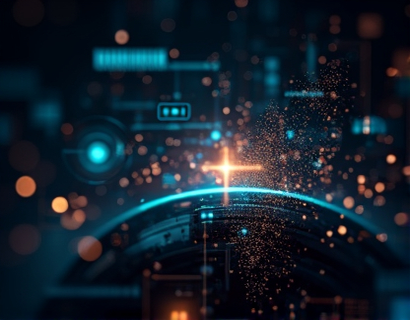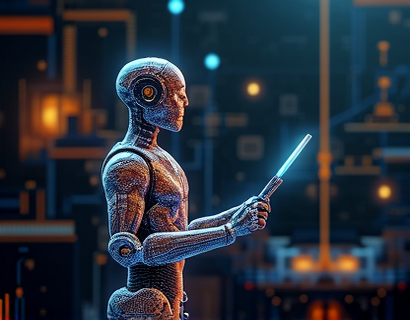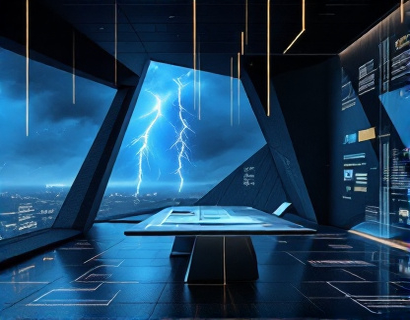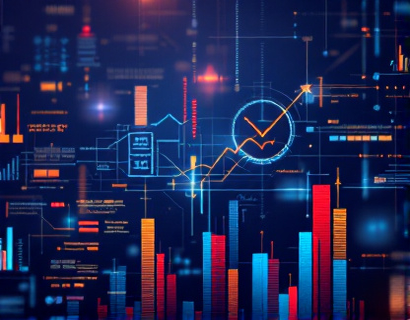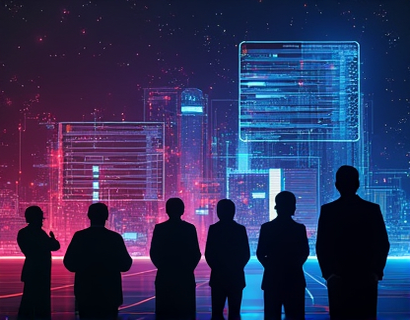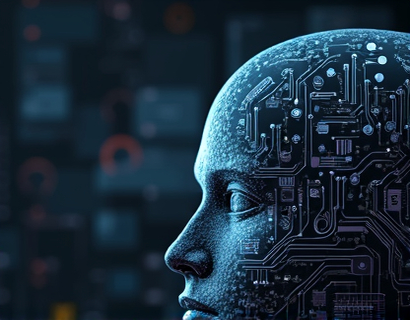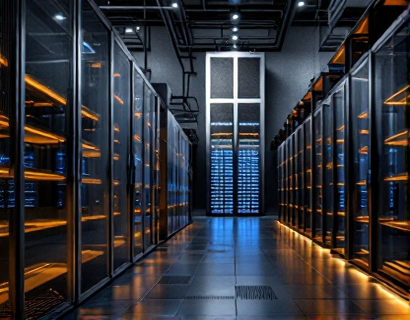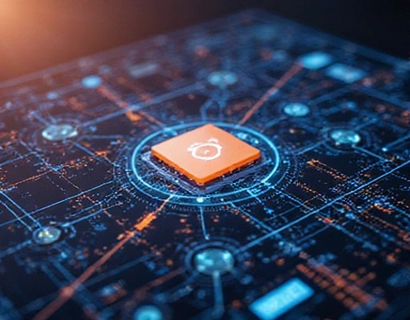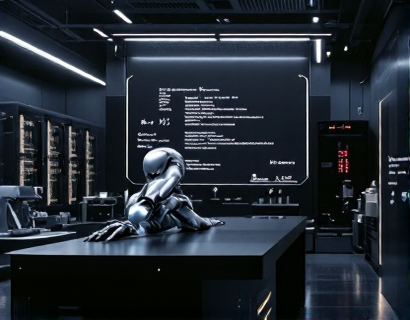Decentralized DAOs: Revolutionizing Web3 Governance with Community Empowerment and Transparency
In the rapidly evolving landscape of Web3, decentralized autonomous organizations (DAOs) stand as a pivotal innovation, redefining the principles of governance, transparency, and community empowerment. This guide delves into the core concepts of DAOs, exploring how they are transforming the management of digital protocols and shaping a more interconnected digital future. By focusing on community-driven governance, transparency, and scalability, DAOs offer a promising path forward for the Web3 ecosystem.
Understanding Decentralized Autonomous Organizations (DAOs)
At their core, DAOs are organizations governed by rules encoded on a blockchain. These rules dictate how the organization operates, including decision-making processes, fund management, and member participation. Unlike traditional organizations, DAOs do not rely on a central authority or hierarchical structure. Instead, they operate through smart contracts, which automate and enforce the organization's rules and protocols.
The term "decentralized" emphasizes the distribution of control and decision-making power among members. This decentralization is achieved through token-based governance, where members hold tokens that grant them voting rights. The more tokens a member holds, the greater their influence in decision-making processes. This model ensures that power is not concentrated in the hands of a few but is distributed among the community, fostering a more democratic and inclusive governance structure.
Community-Driven Governance
One of the most significant advantages of DAOs is their ability to empower communities. In a DAO, every member has a voice, regardless of the size of their token holdings. This democratization of governance allows for a more diverse range of perspectives and ideas, leading to more robust and well-rounded decision-making. Community-driven governance ensures that the needs and interests of all members are considered, promoting a sense of ownership and engagement.
For instance, proposals for changes or new initiatives within a DAO are typically submitted by members and put to a vote. This process not only ensures transparency but also encourages active participation. Members can discuss, debate, and refine proposals before voting, fostering a collaborative environment. This level of engagement is unprecedented in traditional governance models, where decisions are often made by a select few without input from the broader community.
Transparency in DAOs
Transparency is a cornerstone of DAOs, and it is achieved through the immutable nature of blockchain technology. All transactions, proposals, and votes within a DAO are recorded on the blockchain, making them accessible to all members. This level of transparency builds trust among community members, as everyone can verify the actions and decisions of the organization. It also deters malicious activities, as any attempt to manipulate the system would be immediately visible and traceable.
Moreover, transparency extends to financial management. DAOs often use decentralized finance (DeFi) protocols to manage funds, ensuring that all financial transactions are public and auditable. This openness reduces the risk of fraud and mismanagement, as every transaction is recorded and can be reviewed by anyone. This level of accountability is crucial in building a reliable and trustworthy governance structure.
Scalability and Efficiency
Scalability is a critical factor in the success of any governance model, and DAOs are designed to address this challenge. By automating governance processes through smart contracts, DAOs can handle a large number of members and transactions without compromising efficiency. Smart contracts execute decisions and manage funds automatically, reducing the need for manual intervention and minimizing the potential for human error.
Additionally, DAOs can leverage layer 2 solutions and interoperability protocols to scale beyond the limitations of a single blockchain. This flexibility allows DAOs to integrate with various Web3 protocols and services, enhancing their functionality and reach. As the Web3 ecosystem continues to grow, the scalability of DAOs will be essential in maintaining their relevance and effectiveness.
Case Study: Decentralized Governance in Action
To illustrate the practical application of DAOs, consider the example of a decentralized protocol management organization. In this scenario, the protocol's development, maintenance, and upgrades are governed by a DAO. Members hold tokens that represent their stake in the protocol, and these tokens grant voting rights for key decisions.
When a new feature is proposed, the proposal is submitted to the DAO, where it is discussed and refined through community feedback. Once the proposal reaches a certain threshold of support, it is put to a vote. If the majority of token holders approve the proposal, the smart contract automatically executes the necessary changes. This process ensures that updates are made in a transparent, democratic, and efficient manner, without the need for centralized approval.
Furthermore, the DAO can manage the protocol's funds through a decentralized treasury. Contributions and expenditures are recorded on the blockchain, ensuring full transparency. This approach not only builds trust among users but also ensures that funds are used according to the community's collective will.
Challenges and Considerations
While DAOs offer numerous benefits, they also come with challenges that need to be addressed. One of the primary concerns is the technical complexity involved in setting up and managing a DAO. Not all communities may have the expertise to create and maintain smart contracts, which can be a barrier to entry. However, as the Web3 ecosystem matures, more user-friendly tools and platforms are emerging to democratize DAO creation and management.
Another challenge is the potential for token manipulation and voting fraud. To mitigate these risks, DAOs can implement robust security measures, such as multi-signature wallets and decentralized oracle networks. These tools help ensure that votes are genuine and that funds are managed securely.
Legal and regulatory considerations also play a role in the adoption of DAOs. As the legal framework for decentralized organizations is still evolving, DAOs must navigate varying regulations across different jurisdictions. Engaging with legal experts and staying informed about regulatory developments is crucial for the sustainable growth of DAOs.
The Future of Web3 Governance
The future of Web3 governance is intrinsically linked to the adoption and evolution of DAOs. As more projects and communities embrace decentralized governance models, the Web3 ecosystem will become more resilient, inclusive, and user-centric. The principles of community empowerment, transparency, and scalability will continue to drive innovation and shape the digital landscape.
DAOs have the potential to redefine how we think about organization and governance in the digital world. By placing power in the hands of the community and leveraging the transparency and security of blockchain technology, DAOs offer a promising path forward. As the Web3 ecosystem continues to grow, DAOs will play a pivotal role in unlocking the full potential of decentralized technologies and creating a more interconnected and equitable digital future.




